Description:
Learn the essentials of cloud security in 2025. Get insights into the best practices, understand the emerging trends, and conquer the core challenges of safeguarding your cloud infrastructure.
Introduction:
Welcome to our ultimate guide about cloud security by 2025! As cloud adoption skyrockets (90 percent of organizations rely on the cloud for core operations) securing this infrastructure has never been as important. In this guide, we unpack the best practices, latest trends, and key challenges in cloud security including how you can safeguard your data and systems. If you’re an IT Director, a business owner, or just a tech aficionado, this has everything you need to be safe in the complexity of cloud security.
1.Cloud computing security: What is it, and why should you care?
Definition and scope of cloud security
- The rising importance of cloud security in 2025
- Key benefits of a robust cloud security framework
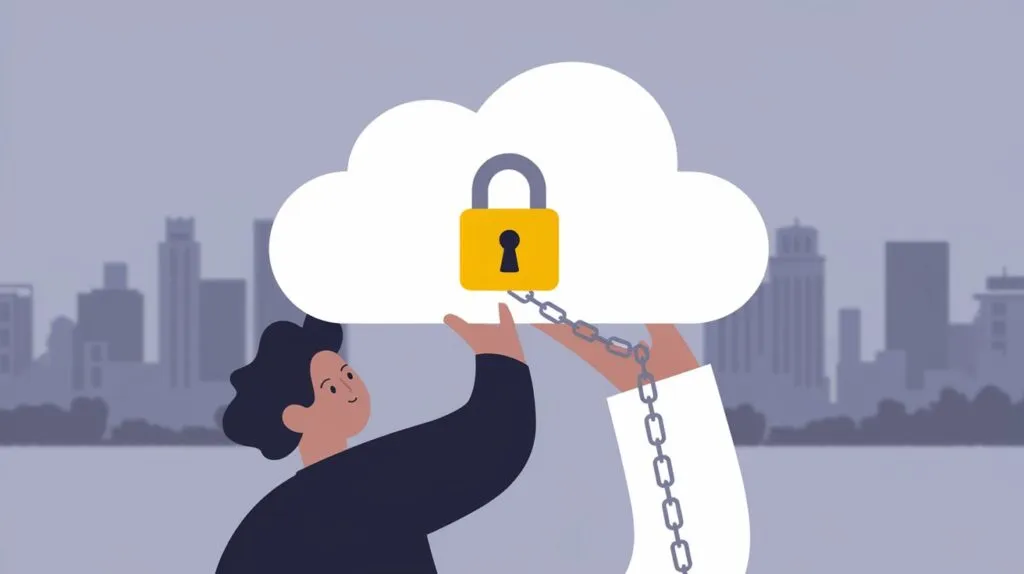
2.Top Cloud Security Threats in 2025
- Overview of evolving threats
- Data breaches
- Ransomware attacks
- Insider threats
- Risks posed by misconfiguration cloud environments
- Emerging threats, including AI-powered attacks
3.Best Practices for Cloud Security
- Implementing robust access controls
- Encryption techniques used for data in transit and data in rest.
- Regular vulnerability assessments and penetration testing
- Using multi-factor authentication (MFA) and zero-trust models
- Maintaining compliance with industry standards and regulations
4.Emerging Trends in Cloud Security
- Integrated artificial intelligence and machine learning to detect threat poses by people.
- The rise of Secure Access Service Edge (SASE)
- Evolution of cloud-native security tools
- Shared responsibility model advancements
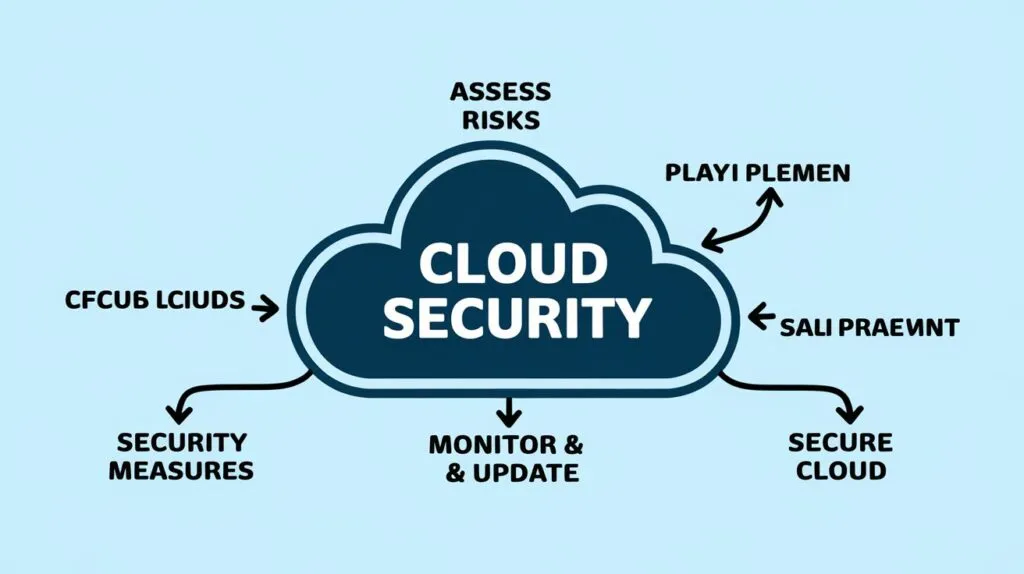
5.Challenges Organizations Face in Securing the Cloud
- Addressing skill gaps in cybersecurity teams
- Managing multi-cloud and hybrid cloud environments
- Balancing security with operational agility
- Navigating evolving regulatory landscapes
6.Cloud Security for Small and Medium Businesses (SMBs)
- Common misconceptions about cloud security for SMBs
- Cost-effective cloud security strategies
- Leveraging managed security service providers (MSSPs)
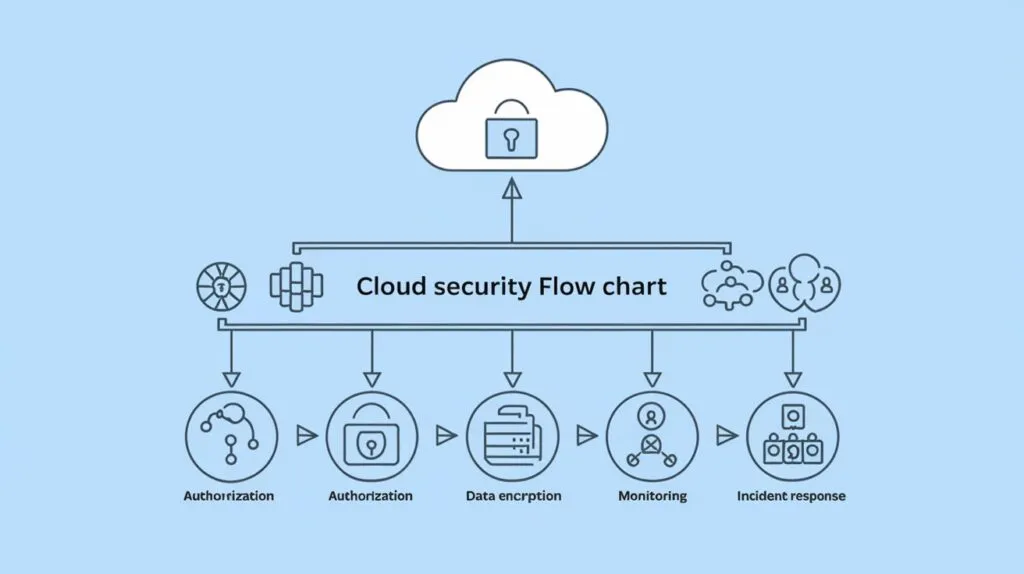
7.Future of Cloud Security: Predictions and Insights
- The role of quantum computing in cloud security
- Anticipated regulatory changes and their impact
- The convergence of AI and cloud security
| The Pros of Cloud Security | The Cons of Cloud Security |
| Scalability and Flexibility Easily scale security measures as your business grows. Adapt to changing needs in dynamic environments. | Data Breaches and Cyber Threats Increased exposure due to reliance on internet connectivity. Potential vulnerabilities in third-party platforms. |
| Cost-Effectiveness Reduce upfront investment in on-premise security solutions. Pay-as-you-go models for optimized spending. | Limited Control Dependency on cloud providers for critical security functions. Lack of direct oversight over physical infrastructure. |
| Advanced Security Tools Access to cutting-edge tools like AI-driven threat detection. Faster deployment of updates and patches. | Complexity in Multi-Cloud Environments Difficulty managing security across different providers. Inconsistent security policies across platforms. |
| Centralized Security Management Streamlined oversight for multi-cloud and hybrid environments. Single dashboard management for better control. | Compliance Challenges Confusion over shared responsibility in meeting compliance requirements. Jurisdictional issues with data stored in different regions. |
| Shared Responsibility Model Cloud providers handle significant portions of the security stack. Organizations can focus on securing their applications and data. | Vendor Lock-In Risks Challenges migrating from one provider to another due to proprietary technologies. High switching costs in case of dissatisfaction. |
| Compliance Challenges Confusion over shared responsibility in meeting compliance requirements. Jurisdictional issues with data stored in different regions. | Skill Gaps and Misconfigurations Shortage of skilled professionals in cloud security. Misconfigured settings remain a leading cause of security breaches. |
8.Balancing the Pros and Cons
- How to leverage the advantages while mitigating risks.
- Importance of a robust cloud security strategy.
- Tips for selecting the right cloud provider based on your organization’s needs.
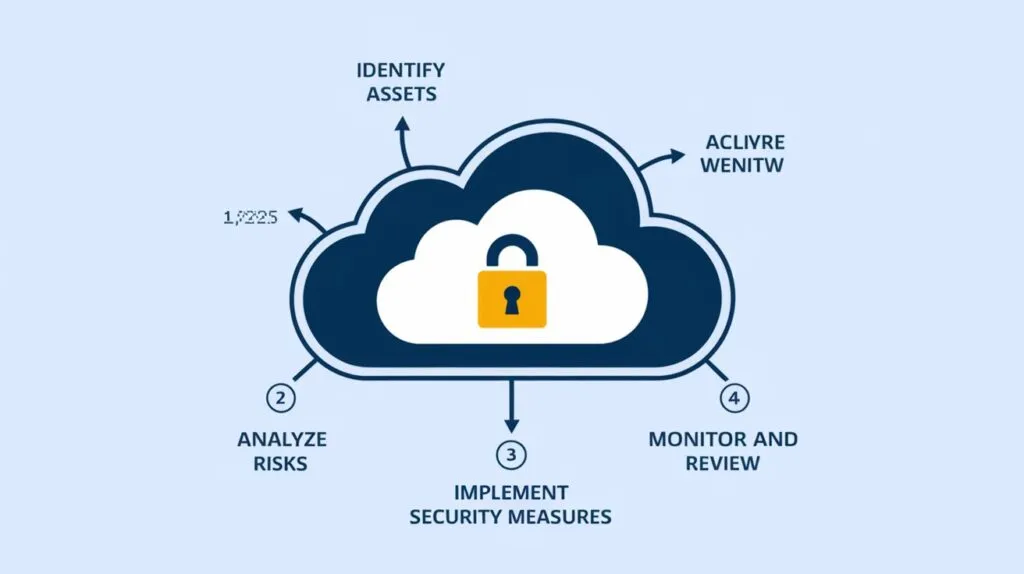
9.Best Practices for Overcoming Cloud Security Challenges
- Regularly review and update cloud configurations.
- Invest in training for in-house IT teams on cloud security.
- Partner with reputable cloud providers with strong security track records.
- Utilize advanced tools like Cloud Access Security Brokers (CASBs) and Zero Trust models.
Cyber Threats in the Cloud: Understanding the Risks
Cloud computing has revolutionized the operational model of organisations by providing a new level of flexibility, virtualisation and economy. Nevertheless, today more organizations make use of cloud platforms and here they are exposed to certain cybersecurity risks. It is imperative to grasp these threats to protect the company’s information and prevent redundancies.
1. Data Breaches
Businesses input a lot of confidential data to cloud environments, which contribute to making them ideal to be hacked. It directs that in any organization, customer credentials, company trade secrets, and proprietary information can be potentially compromised with a single incident. These happen due to incorrect configuration of cloud storage, insufficient security measures for storage access or poor security measures employed in third-party systems integrated into storage systems.
2. Misconfigurations
One of the main causes is still human actions, for example, incorrect configuration of clouds’ resources or accounts. Any database can be opened, any open permission to the system can be granted, lack or weak encryption policies can lead to unauthorized access and attacks.
3. Insider Threats
A few examples of cloud security incidences involve misdeeds that may be made by employees or contractors intending to do so, or by reveliancy or by accident. Inadequate training within organizations or recklessness and possibly even intentionally can lead to data leaks or leaving systems open to attack.
4. Ransomware Attacks
Ransomware is now the norm, with cyber criminals specifically attacking cloud environments to block access to corporate data and personnel and then asking for money in exchange for the keys to unlock them. The consequences may be worsened by poor protection of endpoints and insufficient backups.
5. Distributed Denial of Service attack is the process in which the availability of desired good or service is being decreased or totally controlled over the internet by the attacker.
Software and IT services which are offered through cloud based platform are prone to direct to service, (DDoS) Distributed Denial of Service attacks which floods systems with traffic hence disrupting the operations of an organization.
6. API Exploits
API is one functionality that is common in cloud platforms, but if APIs are insecure, then attackers can easily put in some wrong code and get in, change details or even bring down services.
7. Advanced Persistent Threats (APTs)
The most skilled adversaries, in the end, may gain access to a cloud environment and linger undetected while they plan the best way to exfiltrate information or disrupt an organization’s operations.
Mitigation Strategies
To combat these threats, organizations should adopt a multi-layered security approach:
Implement robust access controls: This must be to supplement multi-factor authentication (MFA) and use of role-based permissions.
Encrypt data: Sensitive information should be protected when in transit or when stored as a final destination.
Regularly audit configurations: It is recommended to carry out the periodic assessment examinations as well as promptly remove the weaknesses discovered.
Employee training: Provide staff with information on how they can identify security threats within their working environment and how best they can handle the same.
Backup data: To avoid ransomware attacks and data loss, keep safe copies of all your data on dime.
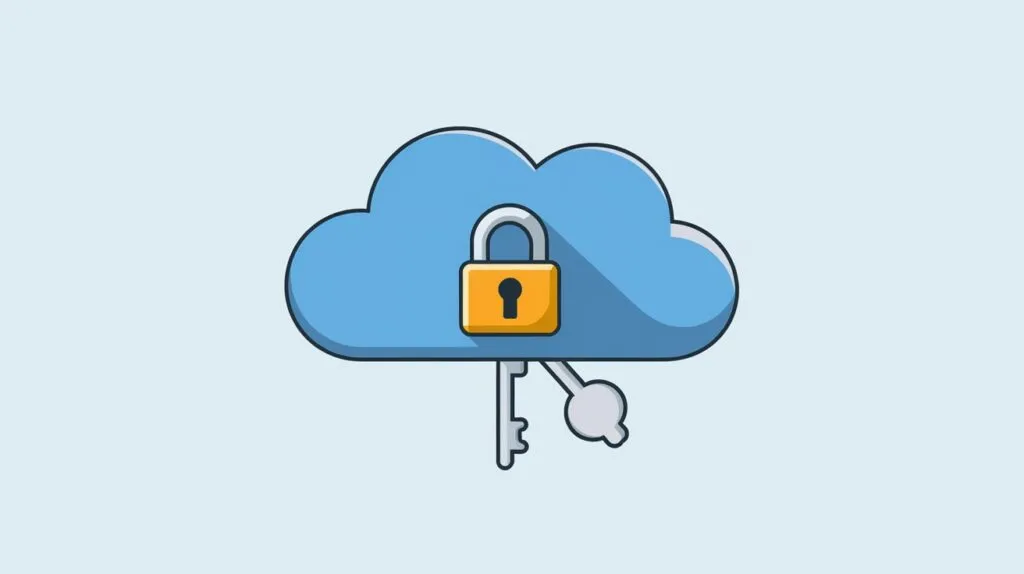
Conclusion
Cloud computing is one of the most important trends in the new economy, which has no match in terms of advantages, but brings substantial security concerns. It is the prevention of these threats that can assist organisations in cloud adoption, to protect its assets, and retain stakeholder confidence. It’s no longer a question of cloud security, it’s a business necessary imperative. Knowing, practicing and staying on the lookout for current dangers, best practices and soon to ideas will keep your cloud environments safe. Want to elevate your cloud security strategy? Begin applying these insights today and protect yourself in 2025 and beyond!


